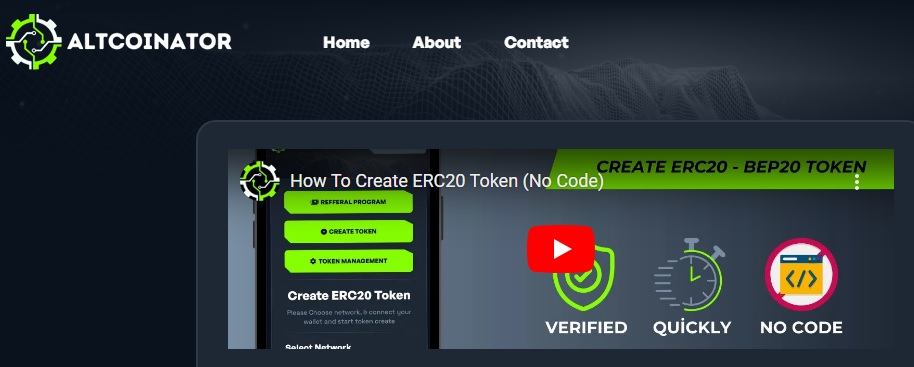Understanding ERC-20 Tokens: Creation, Functionality, and Benefits
In the realm of blockchain technology, ERC-20 tokens have emerged as a fundamental element, enabling the creation and deployment of diverse digital assets on Ethereum’s blockchain. These tokens adhere to a specific standard defined by Ethereum Improvement Proposal 20 (ERC-20), facilitating seamless interoperability and interaction within the Ethereum ecosystem. This article delves into the creation, functionality, and advantages of ERC-20 tokens, elucidating their pivotal role in the burgeoning world of decentralized finance (DeFi) and beyond.
Introduction to ERC-20 Tokens
Create erc20 token represent fungible digital assets built on Ethereum, adhering to a standardized set of rules and interfaces. These tokens have become the cornerstone of blockchain-based economies, enabling a myriad of use cases including crowdfunding, gaming, asset tokenization, and decentralized exchanges (DEXs).
Creation of ERC-20 Tokens
Erc20 token generator involves deploying a smart contract on the Ethereum blockchain. Developers utilize programming languages like Solidity to craft smart contracts that comply with the erc20 token creator standard. These contracts define essential functionalities such as token transfer, balance inquiry, and approval mechanisms, ensuring seamless interoperability with Ethereum’s ecosystem.
By adhering to a standardized framework and offering versatile functionalities, ERC-20 tokens facilitate innovation, liquidity, and inclusivity within decentralized economies. As blockchain adoption continues to proliferate, ERC-20 tokens are poised to play an increasingly vital role in shaping the future of finance, commerce, and digital interaction.

